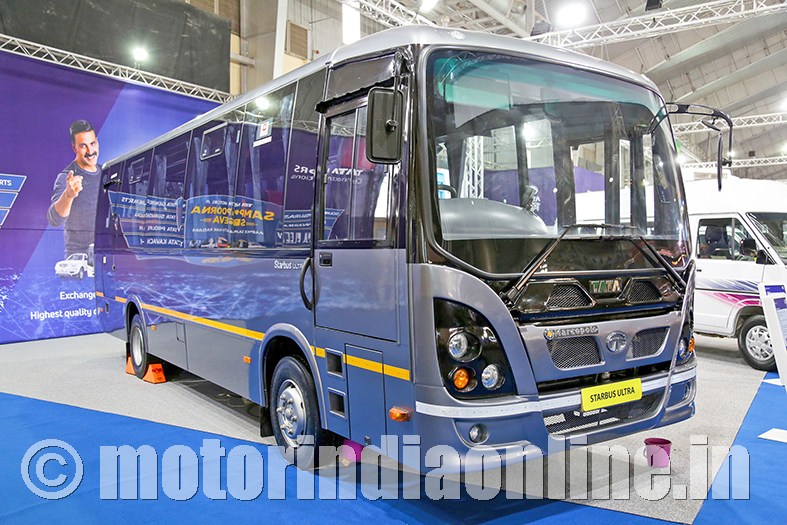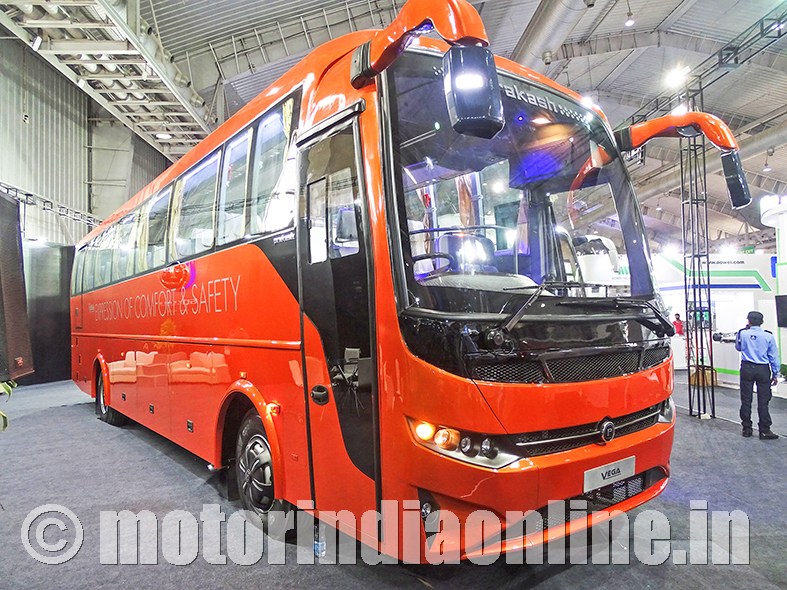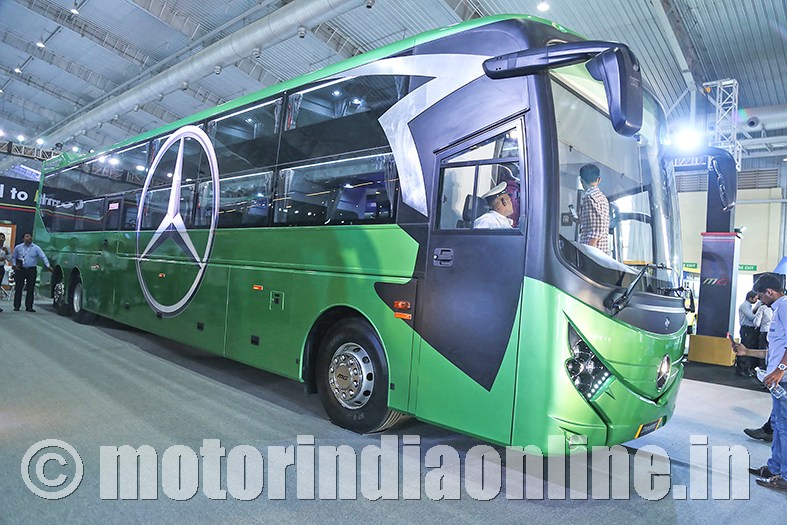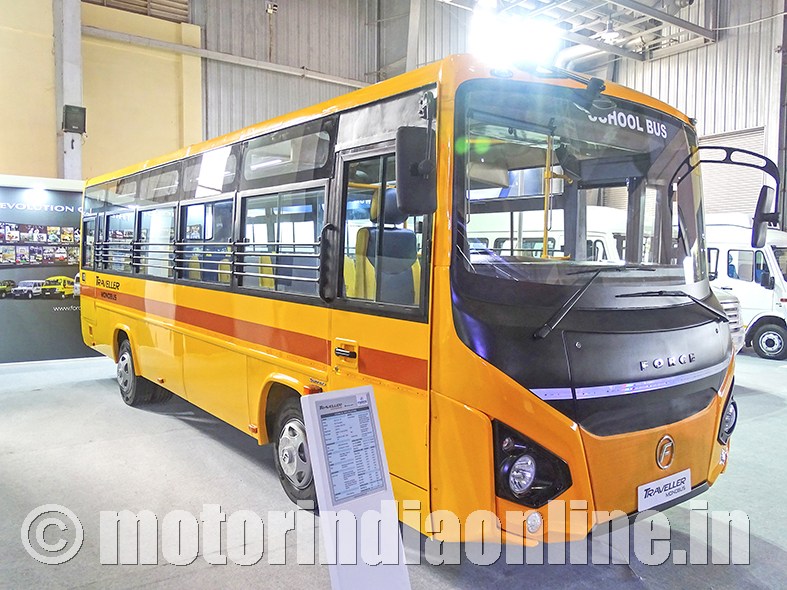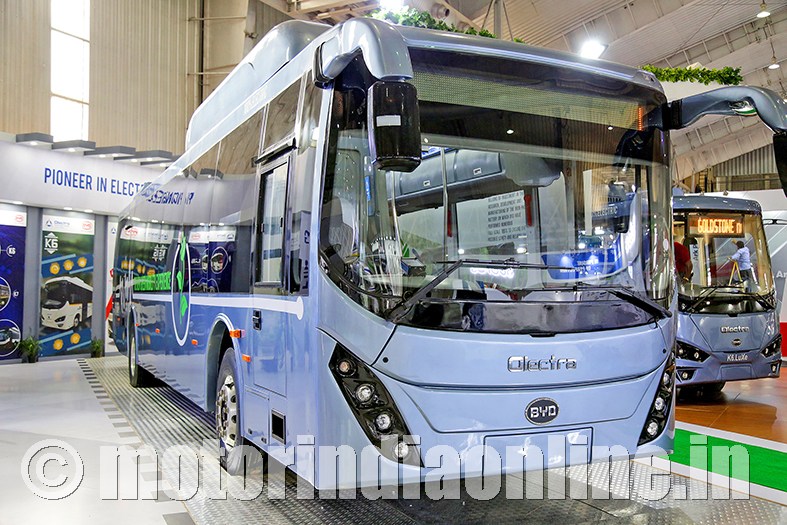The landscape of the domestic bus market is changing magnificently, both in terms of demand-supply count and industry maturation. Just that it needs a little extra push to escape the traditional bottlenecks and unleash its true potentials in the coming years.
The 2017-18 summary report on the performance of the CV passenger carriers compiled by SIAM was quite baffling to many and took every industry stakeholder and expert by surprise.
Both the annual production and domestic sales fell by over 24 per cent as against the figures of the previous fiscal, especially in the MHCV bus segment.
The figures appeared no happy simply because the FY2016-17 was quite a comeback period for the bus industry after years of dry spell in the entire CV sector, with an annual growth of 7.64 per cent.
Further, a sheer demand for buses in our villages, towns and metro cities is increasingly felt quite evidently. Buses are the most-affordable and inclusive means of public transportation for the masses in India, which is directly related to the economic and social development of the country.
Coupled with a fractured bus transportation infrastructure, the Government and top-rung policy makers are forced to acknowledge this apparent crisis in mass transportation, a crisis that is directly related to vehicular pollution and traffic problems in cities, and sustainable mobility in a macro sense.
So what really happened last year? Why the industry could not translate its demand potentials into growth? A series of policy reforms undertaken by the Union Government last year, including BS-IV implementation and GST resulting in policy confusions that ensued thereafter, has to own a fair share of blame in dampening market sentiments.
STU orders, a key growth driver for the previous fiscal that saw renewed interest after a gap of four years did not materialize to the predicted level, thanks to lack of clarity in procurement policies and delays in allocation of funds from the respective State Governments during the GST fiasco.
For private operators, on the other hand, complex operational rules and high taxation structures that differ from State to State continued to be a huge challenge.
Especially in the premium bus segment, taxation is perhaps a formidable inhibiting factor to achieve return of investment (ROI) in a short period of time.
Experts opine that private buyers were not very keen to buy new buses when taxation policies lacked clarity. No wonder why production of buses fell drastically, as both the OEMs and bodybuilders faced similar trouble out of tethering issues with regard to GST.
Bus Code and Technology
Yet, there are many silver linings in the sluggish growth story of the last fiscal. The LCV passenger carrier segment came out more or less unscathed, while exports of MHCV bus products registered a nominal growth of 3.46 per cent as against the previous year.
The year also saw nation-wide enforcement of the AIS 052 Bus Body Code, AIS 063 School Bus Code and the AIS 119 Sleeper Bus Code, the last one being claimed as the first of its kind globally.
In spite of various ills in the way it is carried out, the Bus Code is guiding the entire industry towards the much-needed standardization and maturation.
It has made a level playing field for the traditional OEMs in accelerating their fully-built bus products, while also putting positive influence on the established body builders to grow as genuine bus manufacturers.
Small time fabricators, although facing difficulty in conforming to the new quality and safety standards, are forced to improve their processes and invest more, which may turn good for the industry as the whole.
Interestingly, with the advent of the Bus Code, more and more technologies are finding their way into the buses, including large-scale adoption of air-suspension, ABS-assisted brakes and air-conditioning across all segments and applications.
Fuel efficiency has assumed prime importance in achieving better TCO in bus business, pushing powertrain component suppliers and OEMs to come up with innovative techs to reduce fuel consumption and prolong the maintenance life cycles.
Moreover, the 2017-18 fiscal also saw pronounced interest in zero-emission electric mobility, with almost every bus manufacturer unveiling battery-electric and hybrid buses.
The e-bus market in the country is projected to grow at a CAGR of around 124 per cent in just five years from now.
Many new players are expected to enter this space, thanks to an exceptional response from STUs in embracing electric buses, some even discussing initiating tenders for procurement.
Although it is only the operational expenditure (per km basis) model and other innovative leasing schemes by the manufacturers that are gaining more traction among the operators.
Lastly, exports of locally-made buses are gaining huge momentum.
The home-grown OEM duo are posting stronger growth in export year-on-year, while premium brands like Volvo Buses have also began exports of their fully-built products and powertrains.
The companies are proving that there exist definite cost advantages in building buses of global standards in India, which is sure to strengthen the local industry and related auto ancillaries production in the country.
